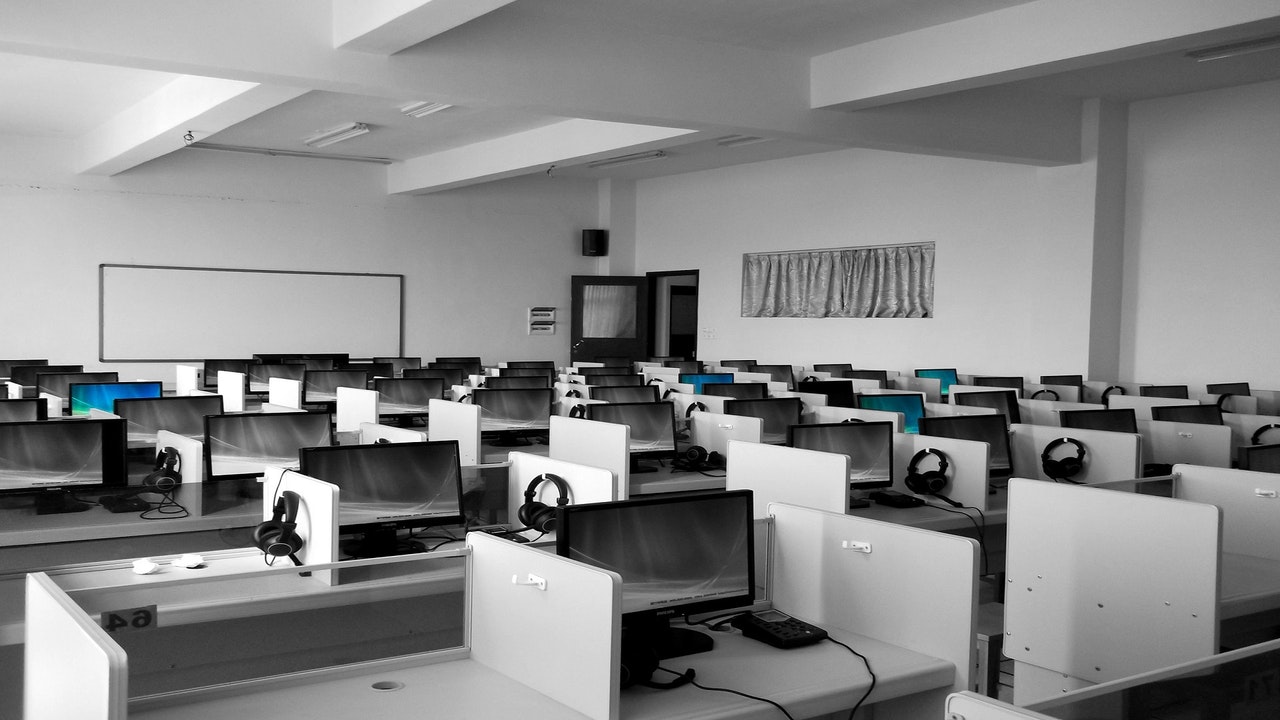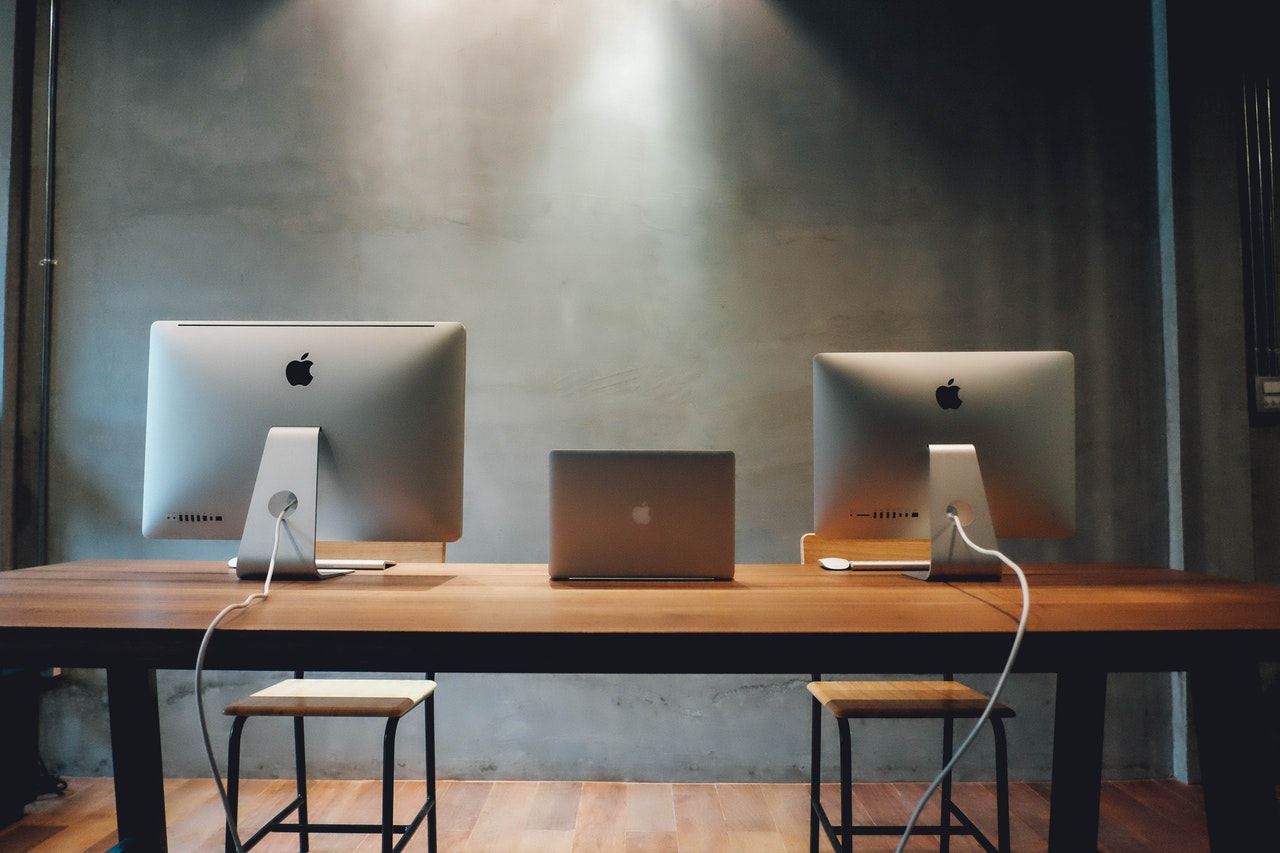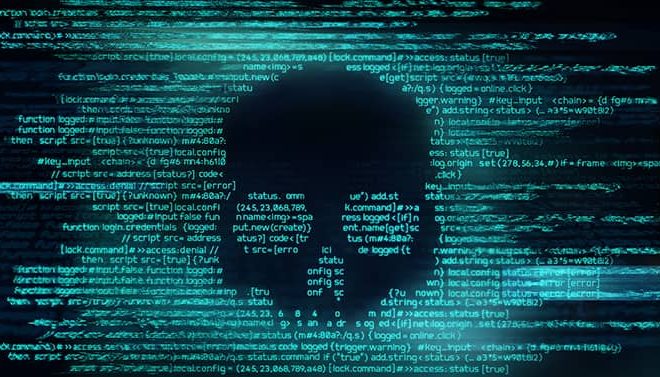Why Video Conferencing Security Is Essential to Remote Learning

Remote learning has become vital since the last semester of the 2019/2020 school year. However, there is one thing that has become the blithe of remote learning, and that is the video conferencing side, which, of course, is necessary. Why has video conferencing become such a scary thing for some people? Video conferencing security is essential to remote learning. What can we do about it?
Understand Cyberattacks
Cyberattacks come in many forms, from the most well-known of recent—the crime of Zoom Bombing, to those using malicious links disguised as legitimate video conference links to steal personal and confidential information. These links can also be used for other things, such as controlling the user’s microphone and webcam and installing programs and malicious code onto their computer.
Choose the Right Video Conferencing Platform
There are several video conferencing platforms out there. Zoom is the most well-known. It seems to be simpler to operate yet more robust than other platforms. It also offers many things that other platforms do not. However, because Zoom has been overwhelmed with so much traffic since the pandemic, it has also been the victim of cyberattacks.
Zoom has taken steps to upgrade their security, and I am going to give you more steps you can take to remain secure, but if you want an alternative to Zoom, a few ideas for you are: Microsoft’s Skype and Teams, Group FaceTime, Signal, Jitsi, and Google Hangouts Meet.
Take Advantage of Available Privacy and Security Controls
The good news? Most video conferencing platforms have security features, including multifactor identification and data encryption. The bad news? Not everyone uses them. So which security controls are there? What should we be doing to keep our students safe?
1. Password Protect Your Meetings
This is one of the critical features to securing your calls. Zoom allows you to set passwords at the account level, group, meeting, and user level for every session. Other platforms, such as Cisco Webex and RingCentral Video, allow users to set unique passwords up for their meeting room ID, which each participant must have to enter the meeting.
2. Authenticate Users
In Zoom, you can allow only signed-in users to participate.
3. Don’t Allow “Join Before the Host”
By allowing “Join before Host,” you are opening your class up to all kinds of issues. Any sort of craziness could go on in that classroom before you get in there. In Zoom, you can turn this setting off under “Account Settings.”
4. Lock Your Meeting
A few platforms allow you to lock down your meeting. Zoom is one of them. Once everyone is in attendance, click “Manage Participants,” “More,” and then “Lock.” This will prevent anyone else, especially Zoom bombers, from joining the meeting.
5. Turn Off the Participant Screensharing Feature
In an active Zoom session, go to the security tab and disable participant screen sharing. Unless you want Zoom bombers that get through your security walls sharing pornographic material, this option is worthwhile. Just disable it via the “Security” tab.
6. Use ID’s that are Randomly Generated
Others may know your personal meeting ID, and those may be cyber attackers. Using a randomly-generated ID for each new event cuts down on this.
7. Use the Waiting Room
When students must enter the waiting room before entering the classroom, it’s much less likely that anyone who is not supposed to get into the classroom will get into it.
8. Don’t Allow File Sharing
Remember that shared files, especially if they are coming from someone you don’t recognize, can be packed with malicious content or links. Use Google Drive or DropBox to share files instead.
9. Kick Out Nuisance Attendees
If someone does get in that shouldn’t have, you can easily kick them out. Click on “Participants.” Hover over their name. Click “More” and “Remove.”
10. Update Your Software
Updates are frequently put out to fix security issues. To check for updates on Zoom, open the application, and click on your profile, which is in the top right corner. Click “Check for Updates.” Viola!
Conclusion
Your video conferencing security will be stronger with these changes, and your teachers and students will be safer. The last thing you must do is to model digital security to your students so that they can be secure as well.






